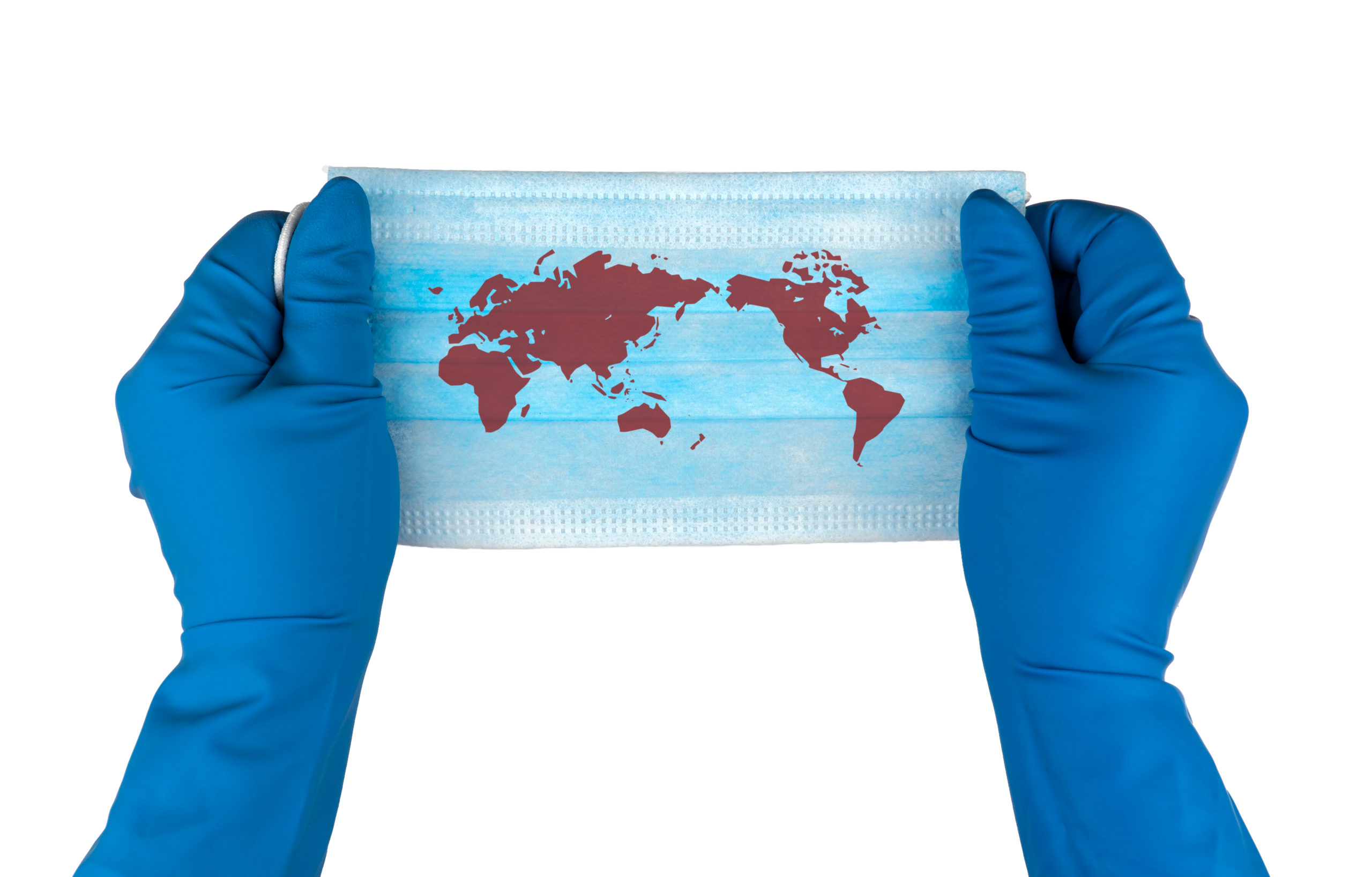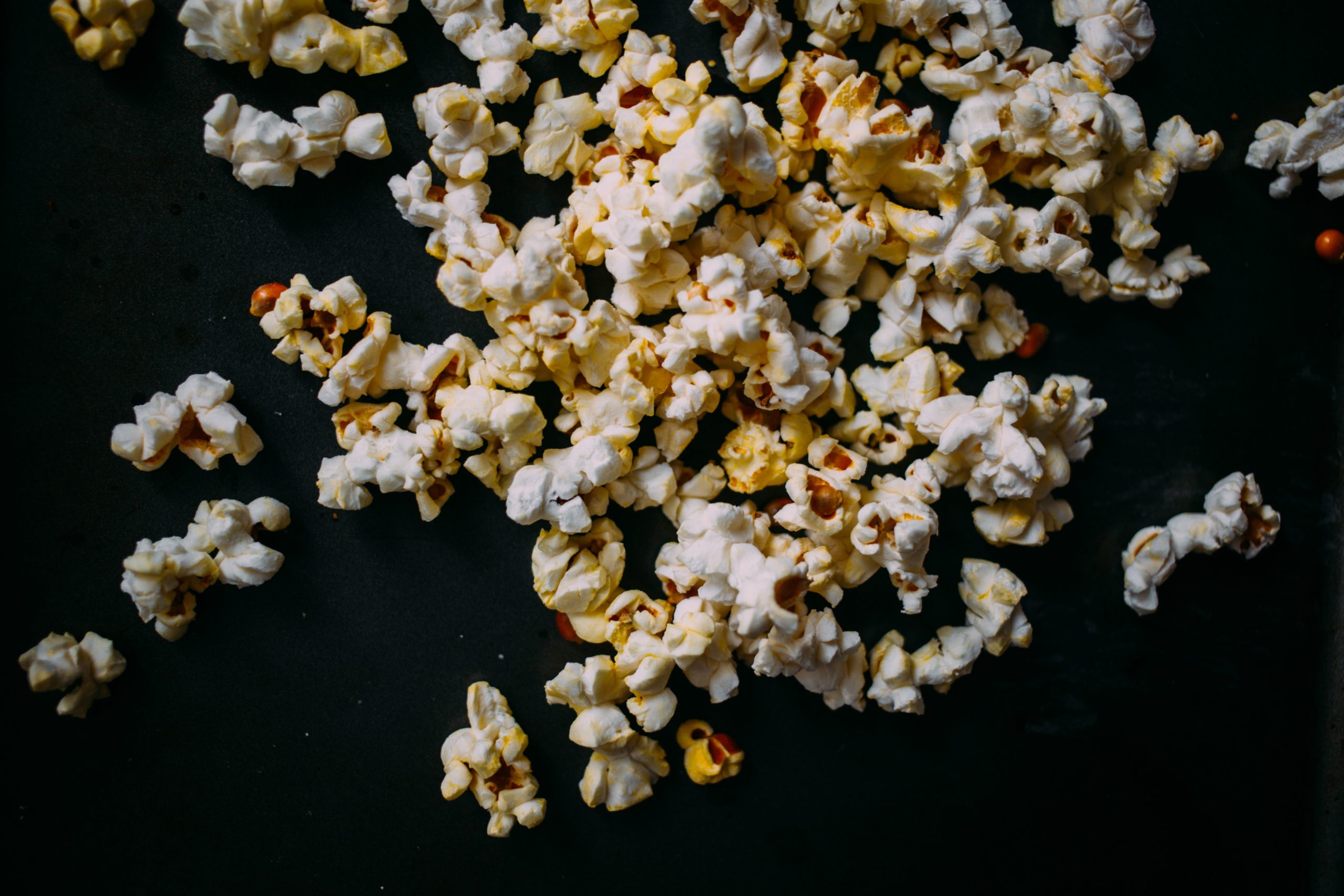First came the masks, hand sanitizers and disinfecting wipes. Now, it appears Americans are stocking up on non-perishable food items, among other things, as COVID-19 concerns continue to rise. According to statistics from Neilson published last week, consumers are starting to think beyond emergency items by preparing their pantries for the worst.
Titled, “Key Consumer Behavior Thresholds Identified as the Coronavirus Outbreak Evolves,” the Neilson report identifies six threshold levels that correlate with different levels of consumption over the last eight weeks. With nearly 175,000 confirmed cases of the virus worldwide, and around 3,800 in the US, consumers are changing their patterns to reflect certain fears.
The report emphasized that not all countries affected by the virus fall within the same threshold. Some countries, such as China and Italy, are further along than others.
Related: Digital Healthcare: It’s Time We Figured it Out
The first threshold Neilson identified was “proactive health-minded buying.” During this phase, when minimal cases of COVID-19 linked to an arrival from an infected country were identified, interest rose in products that support overall health and wellness. The report noted that the world is largely past this phase, which drove only minor changes to sales patterns.
At threshold level 2, “reactive health management,” consumers began to prioritize products essential to virus contamination, such as face masks and hand sanitizers. This phase peaked when the first local transmission with no link to another location occurred, and COVID-19-related deaths began.
As news reports detailed the continued spread of the virus worldwide, consumers in many countries jumped to threshold level 3: “pantry preparations.” This phase is marked by stockpiling of shelf-stable foods and health-safety products, a spike in store visits and growing basket sizes. After multiple cases of local transmission and deaths linked to the virus occurred in the US, sales of powdered milk products, canned beans and canned meat, peaked at 85, 37 and 32 percent respectively compared to this time last year.
A spike in online shopping, a decline in store visits, rising out-of-stocks and strains on supply chains are all patterns exhibited in threshold level 4, “quarantined living preparation.” Neilson predicts that online shopping infrastructure will be put to the test during this phase.
At threshold level 5, “restricted living,” consumers are beginning to restrict shopping trips, online fulfillment will be limited and price concerns will rise as limited stock availability impacts pricing in some cases. During this phase, when mass cases of COVID-19 continue to arise and some communities are ordered into lockdown, Neilson predicts consumers will be less price-sensitive on high demand packaged goods.
During the final threshold, “living a new normal,” people will return to their daily lives but operate with a renewed cautiousness about health. This phase is marked by permanent shifts in supply chain, the use of e-commerce and hygiene practices. The report noted that China is the only country with large levels of its population impacted to reach this threshold and return to normal ways of life.
As this global health crisis continues to evolve, Neilson said it will continue to provide ongoing updates on the impact that COVID-19 is having on consumer purchasing.








Join or login to leave a comment
JOIN LOGIN